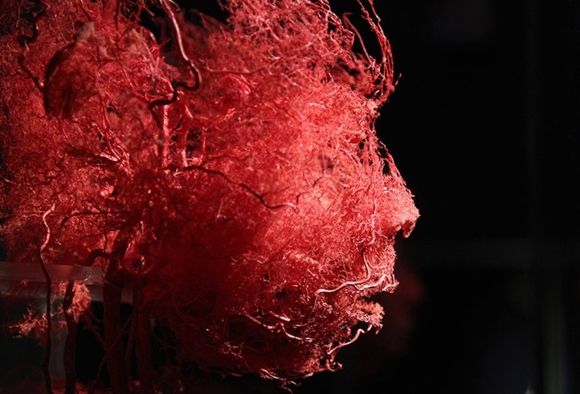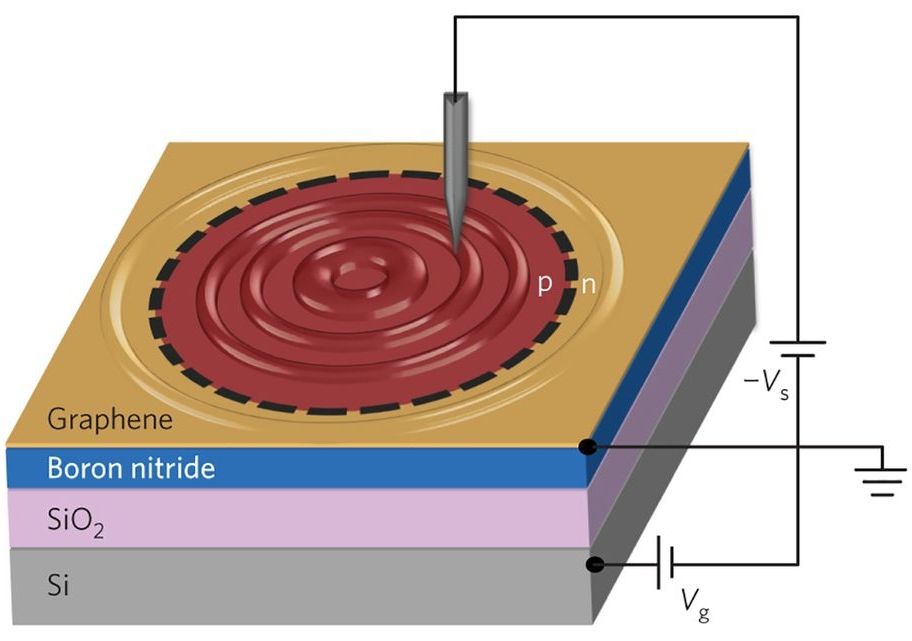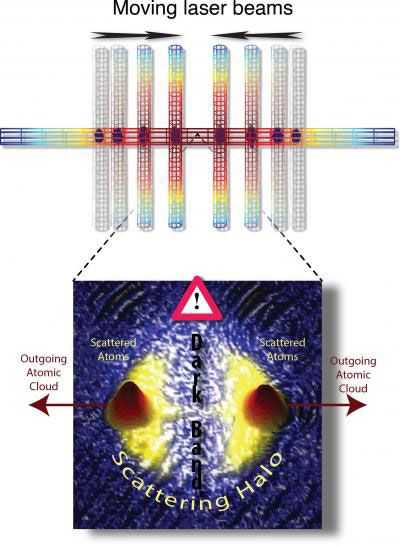Jul 16, 2016
Optical Magnetic Field Sensor can Detect Ultra-Small Magnetic Fields
Posted by Karen Hurst in categories: particle physics, quantum physics
Small magnetic fields from the human body can usually only be picked up by very sensitive superconducting magnetic field sensors that have to be cooled by liquid helium to near absolute zero (which is minus 273 degrees Celsius). But now researchers from the Niels Bohr Institute at the University of Copenhagen have developed a much cheaper and more practical optical magnetic field sensor that even works at room temperature or at body temperature.
“The optical magnetic field sensor is based on a gas of caesium atoms in a small glass container. Each caesium atom is equivalent to a small bar magnet, which is affected by external magnetic fields. The atoms and thus the magnetic field are picked up using laser light. The method is based on quantum optics and atomic physics and can be used to measure extremely small magnetic fields,” explains Kasper Jensen, assistant professor in the Center for Quantum Optics, Quantop at the Niels Bohr Institute at the University of Copenhagen.
Ultra sensitive magnetic field sensor.
Continue reading “Optical Magnetic Field Sensor can Detect Ultra-Small Magnetic Fields” »

















